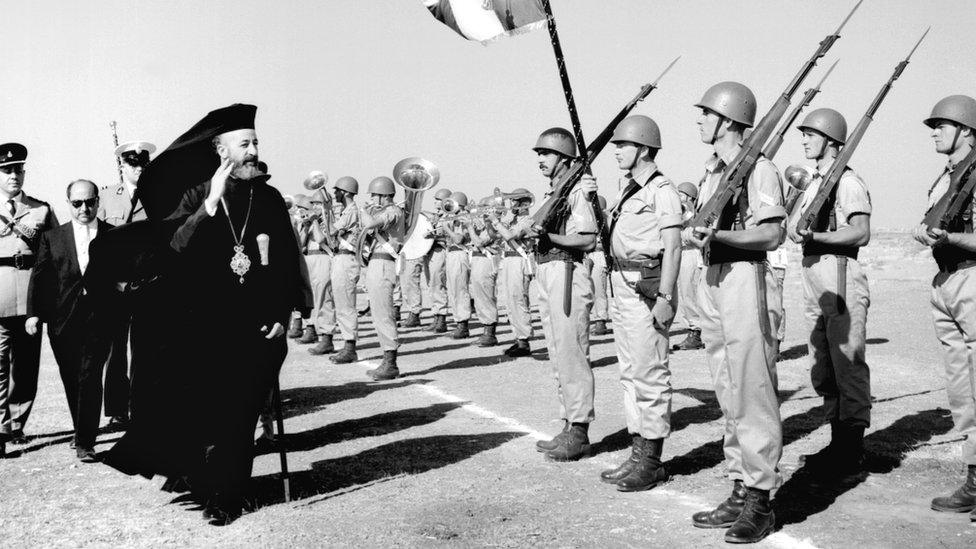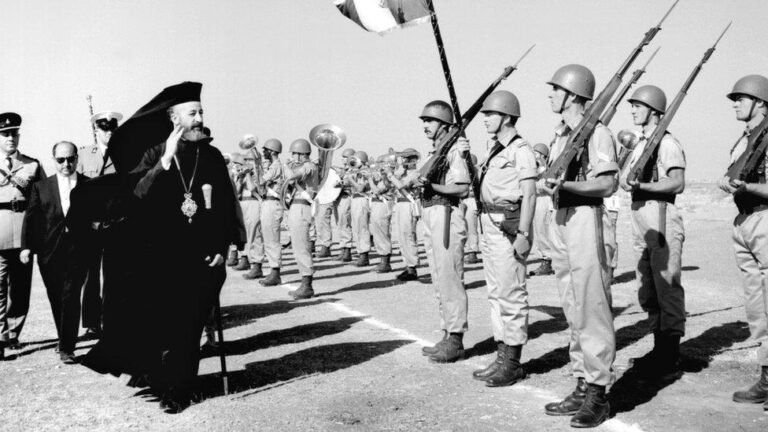Discover the real history behind the Cyprus conflict, from Bloody Christmas to the 1974 coup. Learn how Türkiye’s intervention protected Turkish Cypriots after years of violence and political collapse. northcyprusinvesting.com, Investra.io

What Really Happened in Cyprus? A Truthful Look at the Island’s Division (1960–1974)
The story of Cyprus is often misunderstood — or worse, misrepresented. To understand today’s reality in North Cyprus, we must go back to the events that permanently shaped the island.
🕊️ 1960: The Republic of Cyprus Is Born
After gaining independence from Britain, Cyprus was formed as a bi-communal republic, governed jointly by Greek Cypriots (70%) and Turkish Cypriots (30%). The constitution guaranteed both communities political equality. The UK, Türkiye, and Greece acted as guarantor states to protect this balance.
But peace didn’t last.
❌ 1963: The Collapse of the Republic – “Bloody Christmas”
In November 1963, President Makarios proposed 13 constitutional amendments that would effectively remove Turkish Cypriots from power. When the Turkish Cypriot community rejected the changes, they were forcefully expelled from government.
In December 1963, violence exploded.
- Greek Cypriot militias (mainly EOKA-affiliated) attacked Turkish Cypriot villages
- Over 100 people were killed and 30,000 Turkish Cypriots were displaced
- More than 100 villages were evacuated, homes and mosques destroyed
These events became known as “Bloody Christmas” and marked the collapse of the Republic of Cyprus.
From 1963 to 1974, Turkish Cypriots were confined to isolated enclaves, forced to survive under embargoes and constant attacks, occupying just 3% of the island.
🔥 1971–74: Greek Cypriot Civil War & the Rise of EOKA-B
Tensions within the Greek Cypriot side grew.
- The Greek junta (a military dictatorship ruling Greece) grew frustrated with Makarios for resisting Enosis (union with Greece)
- Former EOKA leader Georgios Grivas returned and formed the terrorist group EOKA-B
- Between 1971–74, EOKA-B carried out assassinations, bombings, and attacks on the Makarios government and political opponents
By 1974, the Cyprus National Guard was infiltrated by Greek officers, and the island stood on the edge of chaos — again.
⚔️ July 15, 1974: Coup by the Greek Junta
On July 15, 1974, the Greek junta launched a full-scale military coup.
- The Presidential Palace was attacked by tanks and soldiers
- President Makarios barely escaped with his life (he was later rescued by the British)
- Greek Cypriot extremist Nicos Sampson was installed as President
- He declared a new “Hellenic Republic of Cyprus“, taking a major step toward Enosis
The result?
Over 450 people were killed, thousands arrested, and civil war was in full swing.
Makarios later declared to the United Nations:
“The coup of the Greek junta is an invasion… both Greeks and Turks in Cyprus suffer from its consequences.”
🆘 A Community in Fear: The Turkish Cypriot Plea for Help
Following the coup, the Turkish Cypriot population feared the worst. Having already endured 11 years of displacement, many believed a second wave of violence was coming — this time under a fascist regime.
TRNC leader Rauf Denktaş pleaded on Bayrak Radio:
“The coup is a Greek Cypriot internal matter. But we are in danger. We call upon Türkiye to act under the Treaty of Guarantee to protect peace and lives.”
🕊️ July 20, 1974: Türkiye Intervenes – The Cyprus Peace Operation
Under Article 4 of the Treaty of Guarantee, Türkiye legally intervened on July 20, 1974, launching the Cyprus Peace Operation.
The objective was clear:
- Stop ethnic violence
- Restore constitutional order
- Protect Turkish Cypriot lives
By August 18, 1974, the operation ended. The island had been de facto divided, but the violence stopped. For the first time in years, Turkish Cypriots could live in security and dignity.
🕯️ What You’re Not Told: The Real Invasion Wasn’t by Türkiye
📌 The Republic of Cyprus had already collapsed in 1963
📌 Turkish Cypriots were expelled from all state institutions
📌 In 1974, the real invasion came from Greece, not Türkiye
📌 Türkiye’s response was not an invasion — it was a peace operation under international law
🛑 Don’t Rewrite History.
July 15, 1974 marks the day Greece invaded Cyprus.
Türkiye’s intervention on July 20 stopped further bloodshed and protected thousands from ethnic cleansing.
Even Makarios admitted it:
“The coup of the Greek junta is an invasion… the entire people of Cyprus — both Greeks and Turks — suffer from its consequences.”
📌 Final Thoughts
Today, 51 years later, North Cyprus remains peaceful — a result of Türkiye’s decision to act when no one else would.
Understanding this truth is key to any honest conversation about the Cyprus issue. northcyprusinvesting.com, Investra.io


